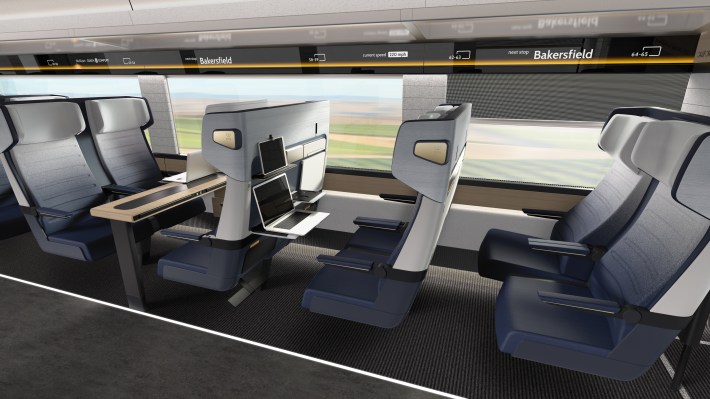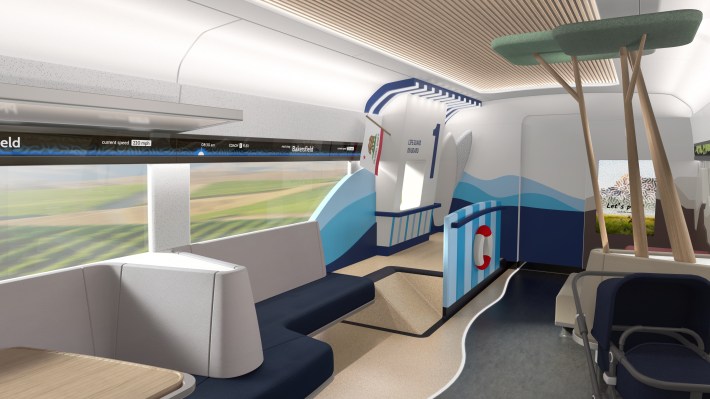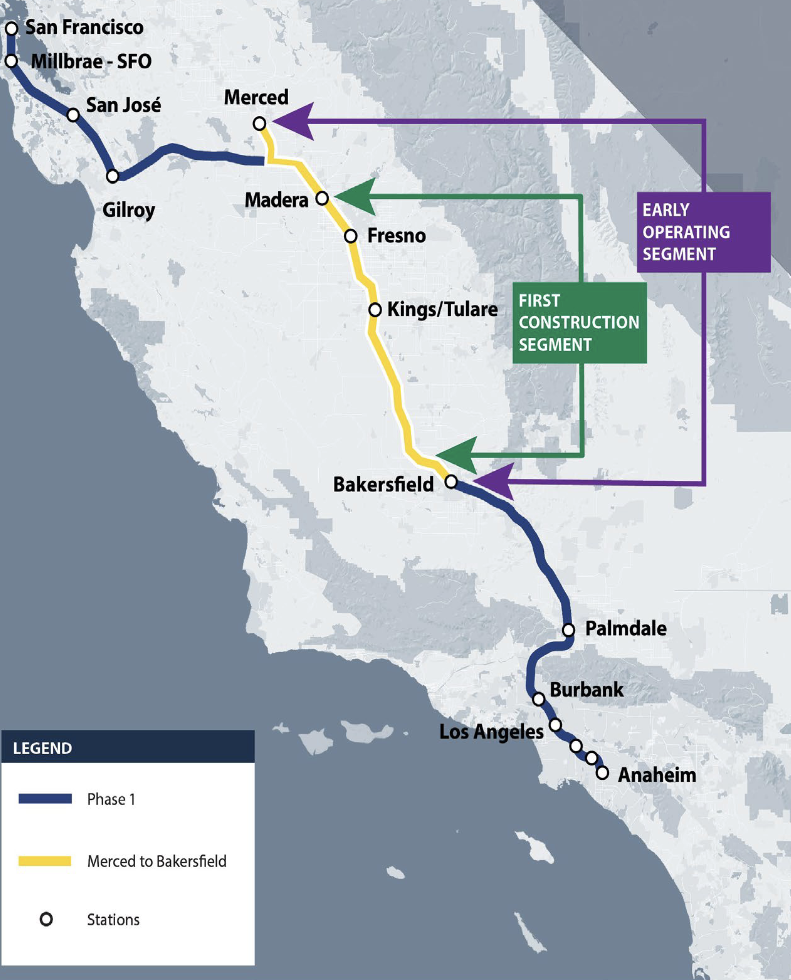This week, the California High-Speed Rail Authority (CAHSRA) formally approved a request for bids to build the trains for the system.
The contract will be for six trainsets (locomotives plus train cars) capable of going 220 mph in regular service. Funding for them comes from a $3.1 billion federal grant the state project received late last year. CAHSRA estimates that the contract, which will cover design, manufacture, testing, and maintenance of the six trainsets plus a driving simulator, will come to about $530 million.
The terms of the federal grant require the trains to be built in the U.S., and CAHSRA has its own labor, workforce training, and small and disadvantaged business goals. After a preliminary request for interest went out last fall, two manufacturers are being invited to submit bids: Siemens, a German-based company that has been building trains in Sacramento for forty years, and Alstom, a French company with a facility on Mare Island on Vallejo. Alstom is the company that builds the new train cars used on BART; Siemens builds trains for both Amtrak and Brightline.

Bids are due in the fall, with the goal being to have a contract signed by the end of this year. The contract calls for two prototype trainsets for testing to be delivered by 2028, and four trainsets to be used on the "early operating segment" between Merced and Bakersfield, ready between 2030 and 2033.
The design of the trains has been a collaborative process, with the Authority providing images and mockups that members of the public could check out and comment on. The white mockups are a 1:1 scale model of the trains, made to gather feedback on dimensions, that were exhibited at Cal Expo in Sacramento. Some of the potential designs can be seen in illustrations in this post.







